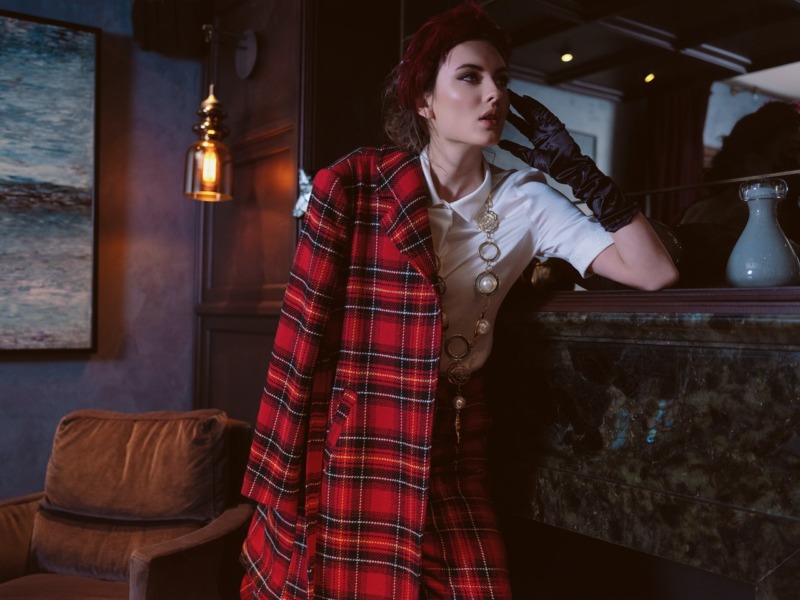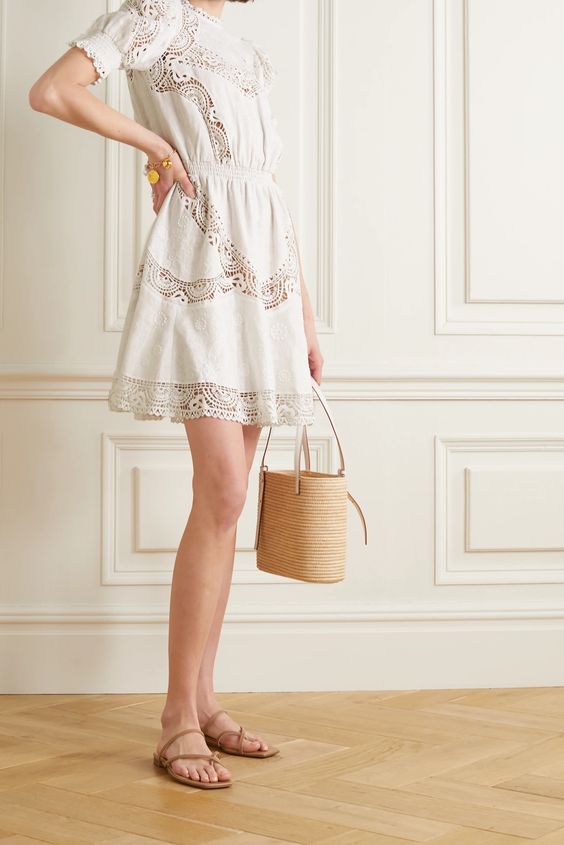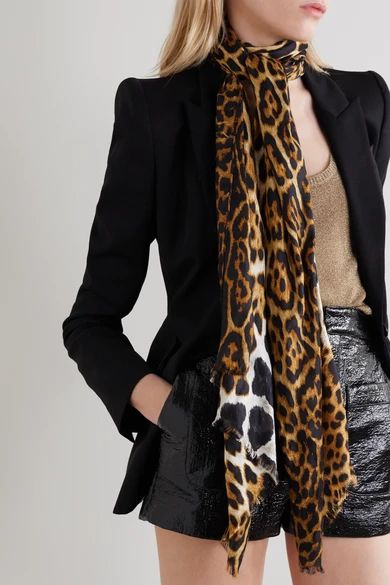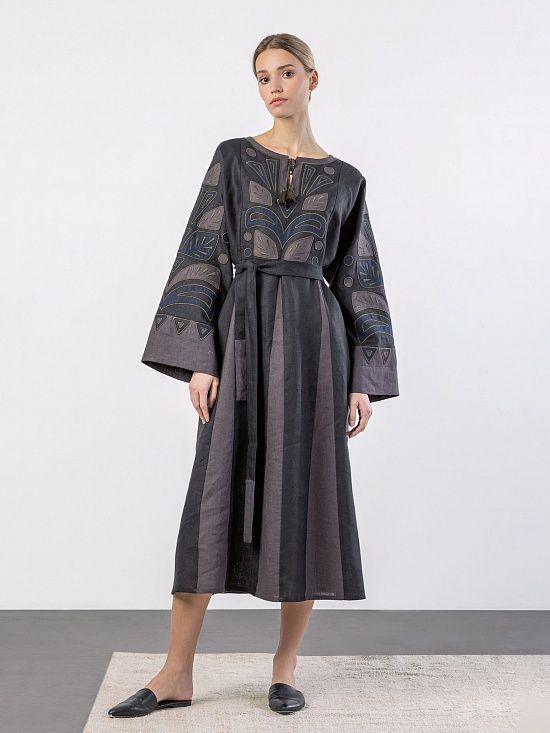These European artisanal traditions are often taken for granted. But they’re well worth highlighting here!
By Emily Spennato
Here at Eluxe, we’ve written loads of articles about artisanal traditions from around the world. There are so many beautiful ones to admire, from Indonesian batik fabrics to the intricately beaded patterns in Kenyan jewellery. But you know what? There are actually plenty of glorious European artisanal traditions that we often take for granted. And we shouldn’t!
Due to the influence of technology, mass production, and a lack of awareness from modern day consumers, some of the finest European artisanal traditions are under threat. Or worse, they’re just being forgotten. And that’s a shame! The histories behind these traditions contain stories worth telling and techniques worth preserving. Here are a few of our favourites.
10 European Artisanal Traditions Worth Saving
1. French Lace
Is there anything that evokes ‘ooh la las’ more than French lingerie? And that’s mainly down to one particular detail: lace!
French lacemaking got its start as one of the most coveted European artisanal traditions in the 17th century, in response to the textile’s popularity with the very dandy-ish King Louis XIV (who, as we all know, later lost his head for his love of finery). Eventually, machines made the fabric less rare and it’s popularity skyrocketed within bridal fashion. Since then, handmade lace has become increasingly rare and luxurious. The finest artisans can be found in cities such as Brussels, Paris, Chantilly and Venice.
Find it today
Gilda & Pearl make some of the most luxurious lingerie in the world. For example? Their ethereal Reverie bra and panty set features a whisper of black lace that’s been hand woven in France on looms dating from the 19th century. The set also features antique gold threads that glisten with every sigh.
2. Tartan Kilts & Weaves
Scottish tartan kilts are one of the most identifiable forms of national dress. The different colours and patterns of the wool aren’t just decorative. In fact, they’re representative of different Scottish clans. After the Battle of Culloden in 1746, the British Parliament attempted to suppress Highlander culture, including their dress. Today, tartan kilts and weaves are seen as some of the strongest symbols of Highlander culture. They’re typically worn at events of celebration, such as graduations or marriages
Traditional artisanal kilt-making focuses on the associations with the fabric. The process of weaving tartan begins with spooling wool threads, then dying them. Next, the spools are placed on a machine called a warp. Once wound, the warp can create patterns at up to 450 meters per minute!
Even today, Scotland’s seven most popular tartans all trace back to different clans and tell different stories. These are The Royal Stuart, The Black Watch, MacQueen, MacLeod, Balmoral, Fraser and Bruce of Kinnaird.
Find it today
Prickly Thistle Scotland is an independent, ethical tartan manufacture brand based in the Scottish Highlands. It makes its tartans in an ancestral home-mill, which took two years to renovate. The brand is a Living Wage employer, and their mills use SSE Green Electricity, which is 100% generated by wind and hydro assets.
3. Crochet
It’s pretty crazy that no one knows the true origins of crochet. This also indicates how old the tradition is! Crochet means to pull yarn through an active loop as a form of stitching, but any materials can be used. Crochet did not appear in Europe until the 1800’s. The first example of the now artisanal tradition was documented in Dutch magazine Penelope around 1830. The craft became a popular European artisanal tradition after appearing throughout Ireland during the famine from 1845 to 1850, resulting in Irish lace.
Find it today
The delicate beauty of crochet is undeniable. Local artisans such as Kenmare Lace in Kerry, Ireland provide courses and crochet materials as a means to preserve this European artisanal tradition. Other designers practice more modern techniques to incorporate crochet into everyday fashion, such Michael Kors, who made this dress below from crochet hemp.
4. Leather Working
While leatherworking certainly isn’t cruelty-free, the craft has rich roots in Italy that are hard to ignore. Florence became a leading leather manufacturer in the 20th century due to its accessibility to water sources and proximity to trading hubs and artisans. Today, tourists can visit Scuola del Cuoio, the largest genuine leather factory in Florence, to watch the leatherworking process in real-time. One can still stumble upon made-to-measure leather shoe shops in cities like Capri and Florence.
Italian leather is the best in the world. That’s not an opinion. In a leather market rocked by mass-production, Italy has remained the top-quality producer by refusing to compromise the artisanal process. Italian leather favours more sustainable methods of leather preservation, such as natural vegetable dyes and tanning.
Find it today
One of the most luxurious brands in the world, Hermes, got its start as a horse saddling company. Today, they’re still one of the best examples of fine European leather work. Their bags and belts are perfectly stitched by artisans; their skins are chosen carefully by experts; and their tanning and dyeing techniques are second to none.
Image below: @hermesbirkin.bag
5. Silk Ties & Scarves
There’s no accessory that makes a man look more refined than a silk tie. And Italians do it best!
Although silk, of course, originated in Asia, the Italians have taken the fabric and have created some of the richest colours and most original prints to create ties that are coveted by global leaders, celebrities and billionaires alike.
As for silk scarves, the French are best known for this. Some vintage scarves from iconic brands sell for far, far more than their original prices at auctions and online.
Find it today
Check out Hermes and Gucci for some superlatively designed accessories, often painted by hand!
Image credit here
6. Slavic Embroidery
From Romania and Poland to Hungary and Lithuania, the Slavs are well known for their beautifully embroidered traditional clothing. And those stitches tell stories! For example, there is hidden symbolism in Ukrainian embroidery. The most common form of manual craft among females, this European artisanal tradition focuses on three types of patterns: plant and floral, geometric, and zoomorphic. Some traditional Ukrainian embroidery contains symbols that represent Slavic mythology. Embroidery is used mainly for vyshyvanka, the traditional Ukrainian shirt. But you can also find it in dresses – and it’s stunning!
Find it today
Etnodim is a modern brand boasting traditional Ukrainian embroidery. While embroidery exists all over the world, Ukraine is the only place it exists as a national symbol, giving more importance to the preservation of the artisanal tradition.
8. Swiss Watch Making
We’ve all heard that Swiss timepieces are the best in the world, and there’s good reason for that! The creation of the Watchmaking Guild in 1601 put Switzerland on the map as the center of the watch industry. Today, this European artisanal tradition consists of manufacturers, those responsible for producing all parts of a luxury watch from start to finish, and etablisseurs, who assemble watch parts that come from different artisans.
This branch of the jewellery industry has obviously declined due to our Apple Watches and FitBits, unfortunately (these radiate harmful EMFs!) But there are still around five hundred artisans who still practice this European artisanal tradition.
Find it today
While of course there are luxury brands such as Rolex and Patek Philippe, artisan watchmakers span outside of Geneva as well.
For example, Struthers Watchmakers is a workshop and studio run by a husband and wife. Watches are handcrafted and can be built to order. The Struthers have received multiple awards for their craftsmanship and have been recognized for their efforts in preserving the art of watchmaking.
Image below: @rolex
9. Parisian Modistes
Millinery was an important European artisan tradition for centuries. Hats were an essential part of the female wardrobe, and they were sported by all kinds of women, from Queen Elizabeth I to Twiggy. Caroline Reboux, legendary Parisian modiste, was the first to combine millinery with couture. Rather ahead of her time, she created hats out of upcycled objects, including newspapers and shells. Coco Chanel also started out as a milliner.
The drastic changes that came with 21st century society nearly obliterated millinery. Women just weren’t wearing hats anymore. Today, hats are making something of a comeback, but of course, they’re always in fashion for the summer (I’m talking sun hats) and at big European events like weddings or Ascot.
Find it today
You can still find artisan luxury hat makers furthering these European artisan traditions. In Paris, milliners can be found at the flea market of St. Ouen, or at famous shops such as Véronica Marucci Chapeaux (pictured below) or Laurence Bossoin.
10. Broderie Anglaise
Broderie anglaise is characterised by patterns composed of round or oval holes, called eyelets, which are cut out of the fabric, then bound with overcast or buttonhole stitches. Patterns often include flowers, leaves, and vines and are further delineated by simple embroidery stitches made on the surrounding material.
Despite its name, the technique originated in Eastern Europe in the 16th century eastern Europe. Its name remains associated with England because of its popularity there during the 19th century. Though it was done by hand for centuries, from the 1870s, broderie anglaise was done by Schiffli embroidery machines.
Find it today
Unfortunately, broderie anglaise is mainly done by machine today. It’s really hard to find handmade work. But there are still some cute pieces, such as this playsuit, below. And there are loads of beautiful sweaters, tops and even jeans using broderie anglaise, even if made by machine.
- The Dangers of Skin Lighteners: A Dark Story - April 5, 2024
- Do Vegans Really Need to Worry About Protein? - April 3, 2024
- Eluxe Horoscopes For April 2024 - March 31, 2024

















